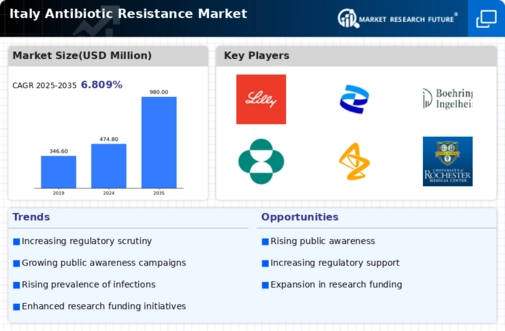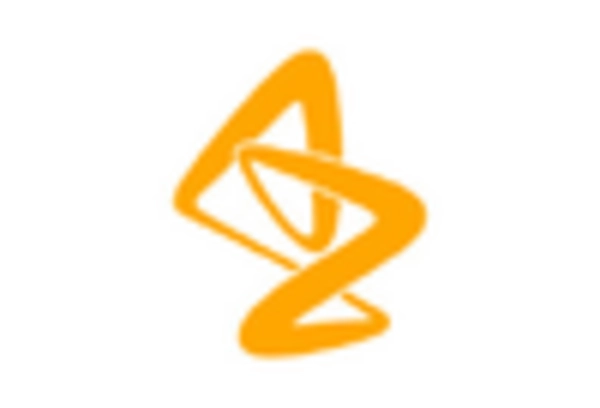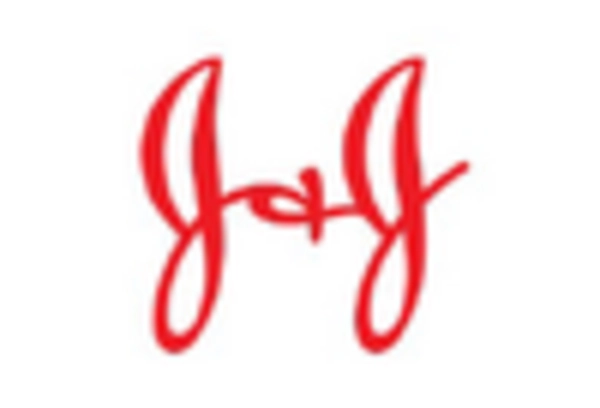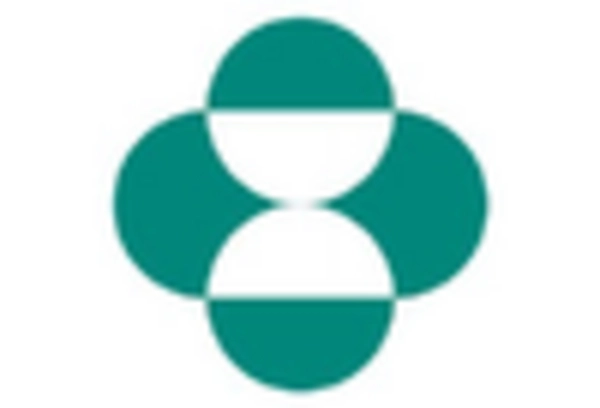Government Initiatives and Funding
The Italian government has recognized the urgent need to combat antibiotic resistance, leading to various initiatives and funding programs aimed at addressing this issue. In recent years, the government has allocated substantial resources to research and development in the antibiotic resistance market, with funding exceeding €100 million for innovative projects. These initiatives focus on enhancing surveillance systems, promoting responsible antibiotic use, and supporting the development of new antimicrobial agents. Furthermore, collaborations between public health institutions and private companies are being encouraged to foster innovation. This proactive approach by the government is likely to create a conducive environment for growth in the antibiotic resistance market, as it aligns with national health priorities and addresses the pressing challenges posed by resistant infections.
Emerging Biopharmaceutical Innovations
The antibiotic resistance market is witnessing a wave of biopharmaceutical innovations aimed at addressing the challenges posed by resistant bacteria. Italian biotech companies are increasingly engaged in research to develop novel antibiotics, bacteriophage therapies, and alternative treatment modalities. The market is projected to see a compound annual growth rate of approximately 10% as these innovations gain traction. Collaborations between academic institutions and industry players are fostering a vibrant ecosystem for research and development. Additionally, regulatory agencies are providing support for expedited approval processes for breakthrough therapies. This dynamic landscape of biopharmaceutical advancements is likely to drive significant growth in the antibiotic resistance market, as new treatment options become available to combat resistant infections.
Growing Demand for Rapid Diagnostic Tools
The antibiotic resistance market in Italy is experiencing a surge in demand for rapid diagnostic tools that can quickly identify resistant pathogens. The need for timely and accurate diagnostics is paramount in managing infections effectively and reducing the inappropriate use of antibiotics. Recent studies suggest that rapid diagnostics can decrease antibiotic consumption by up to 30%, thereby mitigating the development of resistance. As healthcare providers seek to improve patient outcomes and optimize antibiotic stewardship, investments in diagnostic technologies are increasing. This trend is likely to drive growth in the antibiotic resistance market, as companies that develop innovative diagnostic solutions stand to benefit from the heightened focus on precision medicine and targeted therapies.
Increased Awareness of Antimicrobial Stewardship
There is a growing recognition of the importance of antimicrobial stewardship programs in Italy, which aim to optimize the use of antibiotics and combat resistance. Healthcare institutions are increasingly implementing guidelines and protocols to ensure responsible prescribing practices. This shift in focus is driven by both healthcare professionals and patients, who are becoming more aware of the consequences of antibiotic misuse. The antibiotic resistance market is likely to benefit from this trend, as healthcare providers invest in training and resources to support stewardship initiatives. Furthermore, the integration of stewardship programs into clinical practice is expected to enhance the overall effectiveness of antibiotic therapies, thereby fostering a more sustainable approach to managing infections.
Rising Incidence of Antibiotic-Resistant Infections
The increasing prevalence of antibiotic-resistant infections in Italy is a critical driver for the antibiotic resistance market. Reports indicate that approximately 700,000 deaths occur annually due to antibiotic resistance, with Italy witnessing a notable rise in cases. This alarming trend compels healthcare providers and policymakers to prioritize the development of new antibiotics and alternative therapies. The Italian healthcare system is under pressure to address this public health crisis, leading to increased funding and resources allocated to combat antibiotic resistance. As a result, the antibiotic resistance market is expected to expand significantly, with projections suggesting a growth rate of around 8% annually over the next five years. This urgency to tackle antibiotic resistance is likely to stimulate sector innovation and investment.

















Leave a Comment